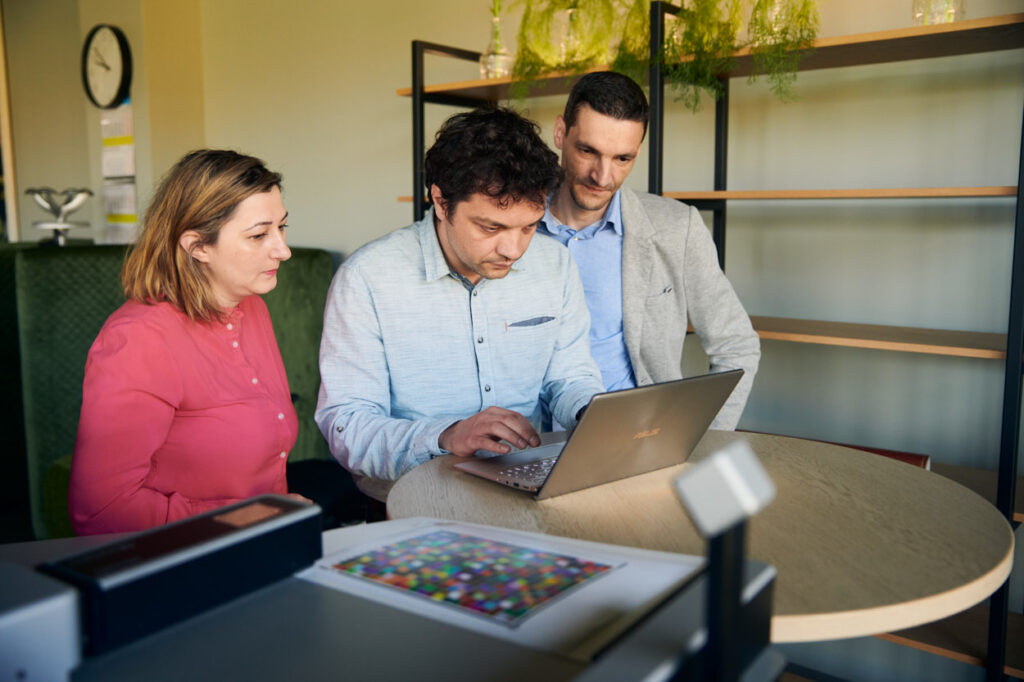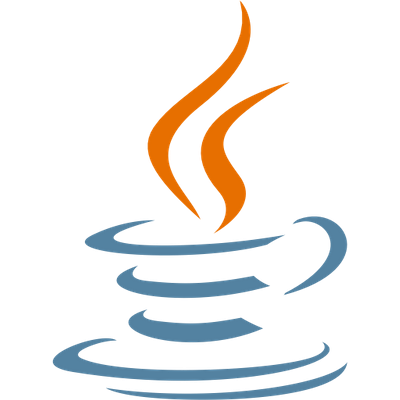“A significant advantage of the collaboration with NetRom is that their model always includes a team coach. This person ensures that agreements are kept,” says Dzialiner. “Think of organizing capacity, for instance, if someone needs to be replaced. Our product is large, and it takes time to get to know it, although everyone on the team also explains things on the fly. A new team member must also know how the work is done. NetRom handles all of this in the background.”
“To enhance understanding, we also prepare stories together. In such a call, their QA professionals, who later test the delivered product, also join in. Involving these people beforehand increases their understanding and insight into the application, making testing easier. NetRom works a lot for independent software vendors, and you can tell.”
“Our method includes a retrospective every two weeks. The NetRom team members also gather input from their colleagues working on other projects, bringing in knowledge that can be useful for our projects. Conversely, we involve Infoland developers from our other teams in NetRom’s work. Sometimes we refer our NetRom colleagues to someone from another team because that’s where the answer to a question lies. Engineers and architects just contact each other directly, and that works very smoothly,” says Dzialiner.
In Dzialiner’s view, the biggest advantage of NetRom is the flexibility they offer. While we don’t need to scale up and down much, the NetRom team also provides us with flexibility in how we handle the rituals we use, both within the team and in the entire product development team at Infoland.”
Since the NetRom colleagues have now built up considerable domain knowledge (“One of the software engineers has been working for Infoland for five years and knows more about the product than I do,” says Dzialiner), it’s no longer just a matter of ‘getting code written’. In addition to adding development capacity to the mixed team, the NetRom team members are also important sparring partners. “If I have a question – like where to find more information about a specific feature – I usually look it up myself first. But if I can’t figure it out, I just call them. In short, when I listen to my Infoland colleagues, my impression is that we’ve made significant progress recently and that there’s a good form of collaboration. If we have a lunch for the department here, we try to arrange something for the NetRom side as well. There’s a positive dynamic, and we’re very happy with that.”







